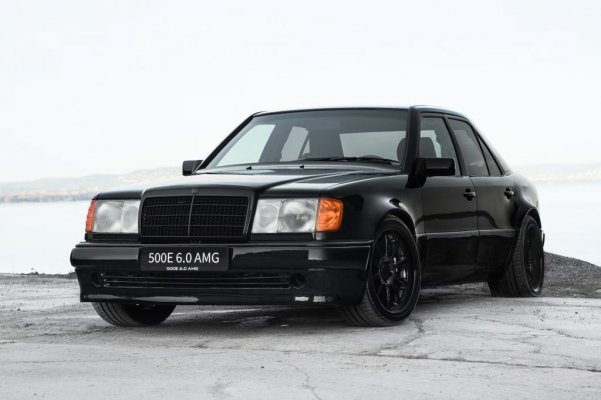Interior is light grey. Only dash is black but I covered it with not too dark grey upholstery. Even paint is min-range metallic grey. But all of the above mentioned are not direct issues in my case. Even under shade the AC does not work that great. Feels like the components are getting hit by the engine's heat or something.
In a good day to get a heat stroke here, temps reach ~122F. I personally drove in ambient temp of +115F. And guess what, the AC worked well because it happened on highways at speeds of +100 kmph. This could be a sign that airflow in the engine compartment is not that great in these cars, at least around the AC parts.
Oh yeah, engine fan is clutch driven. This means stationary it does not cool that well. Aux fan is a front pusher, and those are not as efficient as puller electric engine fans even for the condenser which has the radiator standing on they way to that puller electric engine fan if it's there. This is one thing I'm considering. I'm thinking of replacing the clutch driven engine fan. Honestly, the W140 (S-Class after 1992) has this same clutch fan and it's AC is superb, but I'm out of plans, really.
